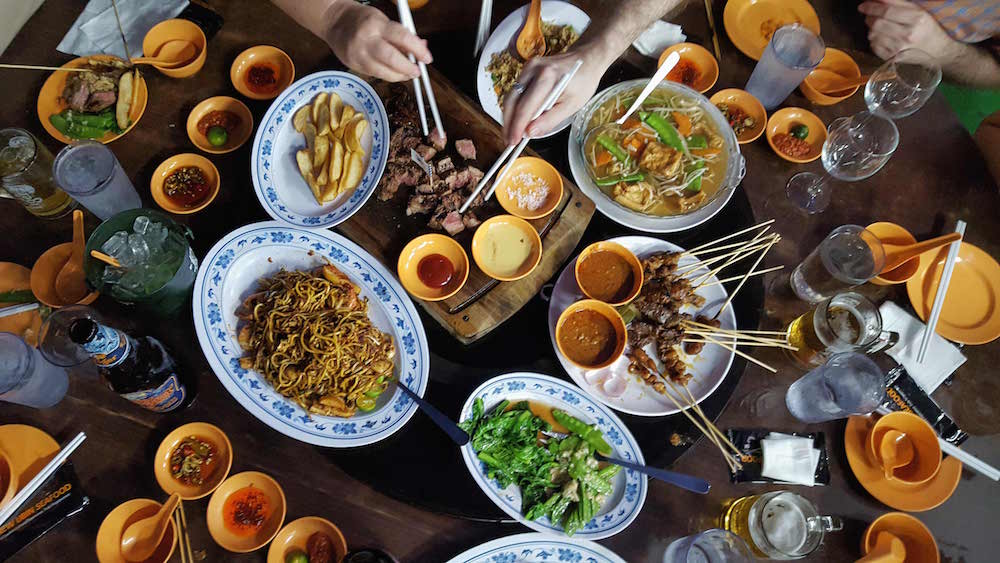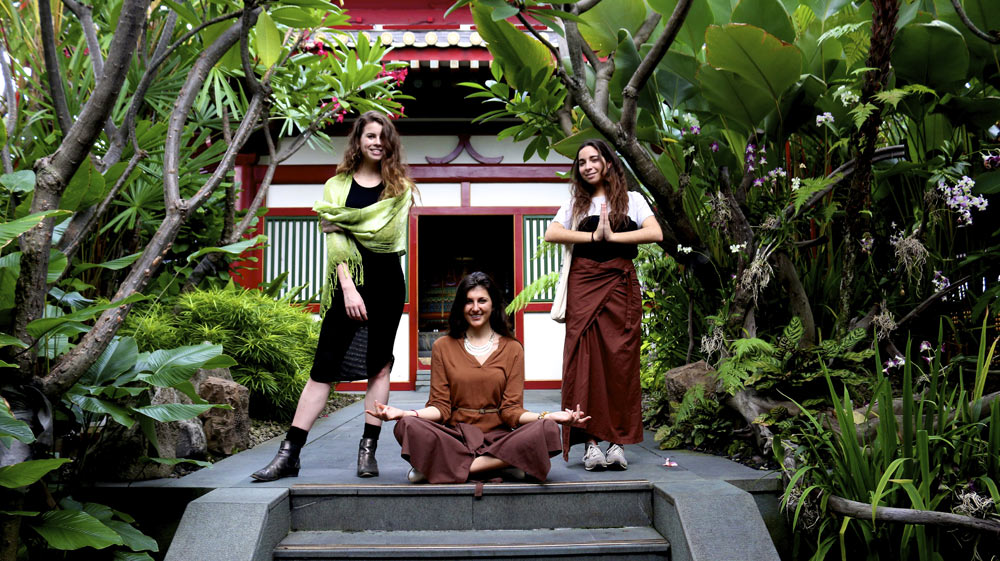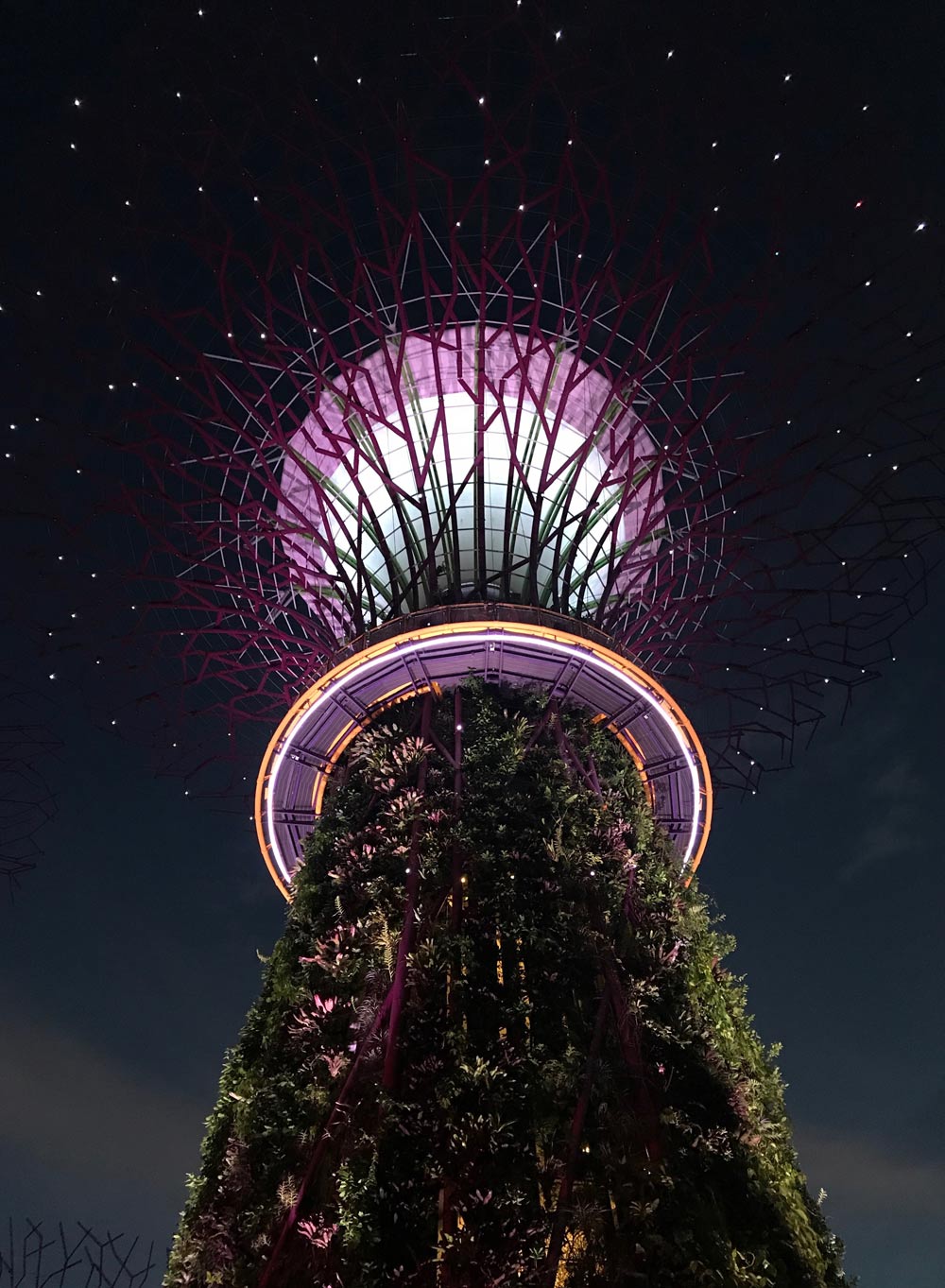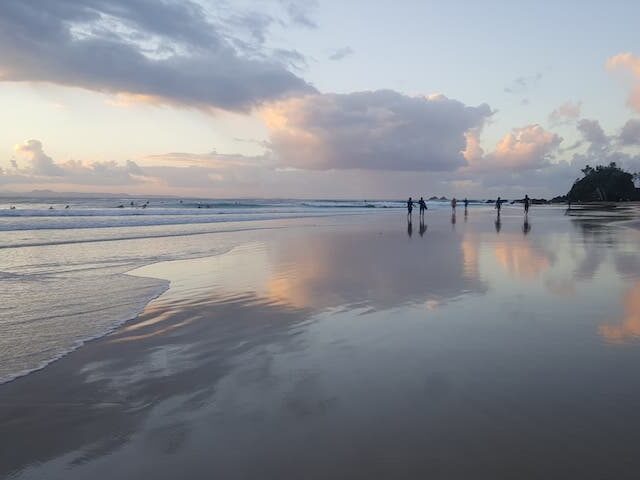Want to make the most of your time studying abroad in Singapore? Of course you do! Read on for our best tips for studying and living in the Lion City.
Set up a budget and travel plan from the beginning
A semester may seem like a long time but it flies by! Singapore offers a ton to see and do, plus its location in Southeast Asia makes it a perfect base to explore other countries in the region as well. Before your semester even begins, start researching where you want to explore in and around Singapore and figure out a budget. During your first couple of weeks in Singapore, plan more with your new friends and make those adventures happen! Check out the TEAN blog for our recommended weekend trips and more to get started.
Make a food bucket list
You will never go hungry in Singapore! Singapore is a true melting pot of cultures and cuisines boasting 12 different neighborhoods each with its own unique character and eating options. Dine on seafood in Pulau Ubin, eat curry in Little India or explore all of the tasty street food at Singapore’s famous hawker markets. The families who run food stalls at the markets have spent years perfecting one specific dish, so you know it will be delicious. Start making your “to eat” list by checking out TEAN’s eight top hawker dishes.

Learn to layer
One of the first things you will notice upon arriving in Singapore is the heat. Throughout the year the typical low is in the high 70s and highs are around 90 degrees Farenheit – not accounting for the humidity. Along with the high temperatures, you will also have to get used to going into buildings that have very cold air conditioning. Going from the heat to AC can be a shock to your system, so be sure you always dress in layers to adjust as needed. While it feels strange to grab a light jacket when it’s 90 outside, you will use it indoors.
Make new friends
While Singapore Management University is home to about 10,000 students, class sizes are under 45 for each class. These small class sizes allow you to really get to know your professors and connect with other students. SMU boasts a highly international campus with students attending from all over the world so you’re sure to meet both Singaporean classmates as well as other international students. Asking someone to grab a coffee with you might start a lifelong friendship, so even if it doesn’t come naturally to you, try to talk to one new person every day.

Familiarize yourself with public transport
Singapore’s public transport is excellent. The trains and buses are timely, efficient, safe and clean. You will be given a transit card as a part of your program that you can use throughout your visit to explore. It is easy to reload your card credit and taking public transport will save you a lot of money throughout the semester. The MRT (mass rapid transit) charges you depending on your route, so the cost of the a train ride will vary but is usually around $2 Singapore dollars (you can calculate your fare here). Remember that you always need to tap on and off when you are on a bus or taking the train.
Singapore’s version of Uber, called Grab, surges prices, during popular times (just like at home) so taking the bus or train is usually still a faster and more efficient option.
Explore study abroad programs in Singapore
Make time for your courses
This may seem obvious, after all, you’re there to study abroad! However, time management can be challenging especially when you’re surrounded by so many new experiences, places and people. SMU is a well-recognized school that is proud of its academics and you got into SMU because you have a strong GPA – so it’s important keep up with your classes. Dedicate plenty of time to study, take advantage of the small class sizes, talk to your professors if you have any questions, and keep your grades up so that you end up with an SMU transcript that you are proud of.
Explore iconic architecture & scenery
Singapore’s central location makes it a great jumping off point for amazing weekend trips, but don’t forget that Singapore itself has incredible places to explore as well! Check out local websites to see what walking tours appeal most to you and try to wake up early every once in a while to explore a new part of town.

Learn Singlish
Though Singapore is an English-speaking location, you will quickly notice locals use a number of unique phrases and lingo known as Singlish. Singlish is mainly English, with a mix of Chinese and Malay words added in. It isn’t a formal language, but used socially. Here are a some words to get you started:
- pon – to skip class (which of course you will never do)
- sabo – short for sabotage
- siao – crazy or out of one’s mind
When ordering coffee in a cafe, there are many different ways to say your order in an abbreviated manner. For example, coffee with sugar is called kopi o, while an iced coffee is kopi peng.
You also will quickly notice people adding on the word lah to their sentences. While it’s doesn’t mean anything on its own, it’s used a lot out of habit for emphasis.
Make sure to ask the people around you when you hear a new word or don’t understand something!
Have questions? Get in touch with our Program Managers for even more information and insight about studying abroad in Singapore.








